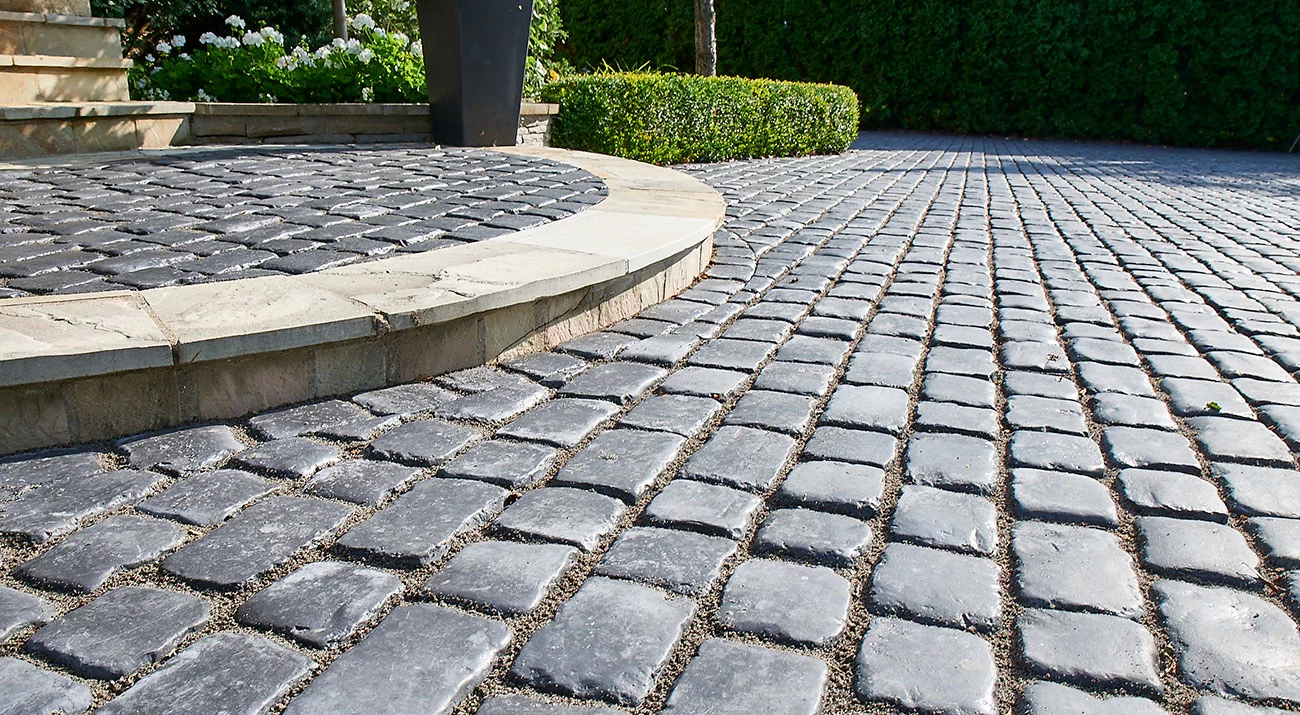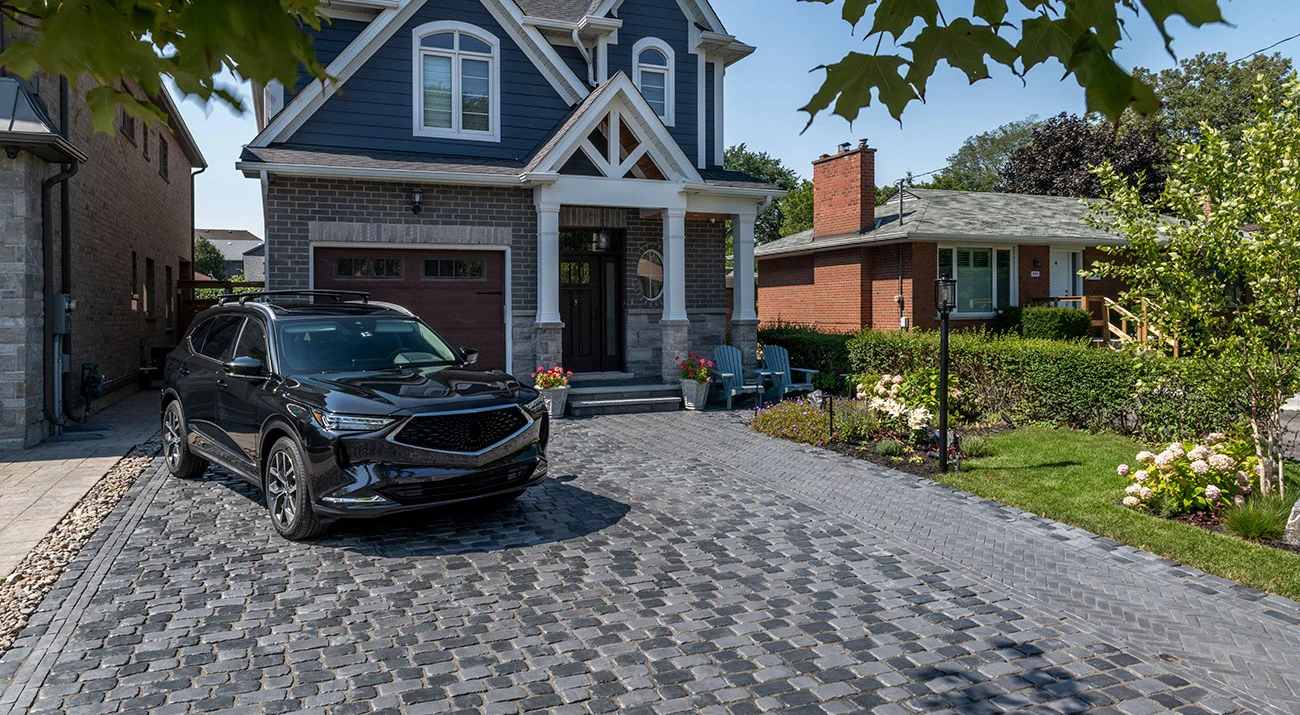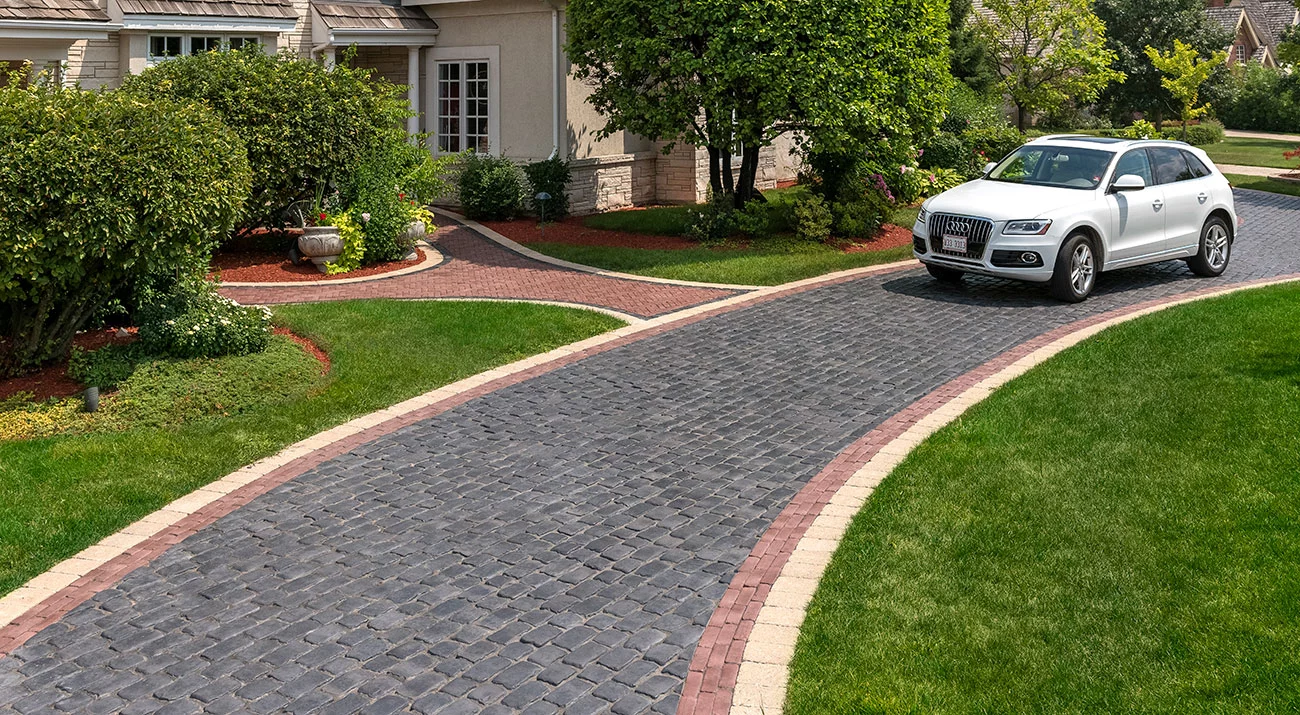Shape and size

XL RECTANGLE
130mm x 215mm x 60mm
5" x 8 1/2" x 2 3/8"

LARGE RECTANGLE
130mm x 185mm x 60mm
5" x 7 3/8" x 2 3/8"

RECTANGLE
130mm x 165mm x 60mm
5" x 6 1/2" x 2 3/8"

SMALL RECTANGLE
130mm x 145mm x 60mm
5" x 5 3/4" x 2 3/8"

SQUARE
130mm x 130mm x 60mm
5" x 5" x 2 3/8"

XL RECTANGLE
130mm x 215mm x 60mm
5" x 8 1/2" x 2 3/8"

LARGE RECTANGLE
130mm x 185mm x 60mm
5" x 7 3/8" x 2 3/8"

RECTANGLE
130mm x 165mm x 60mm
5" x 6 1/2" x 2 3/8"

SMALL RECTANGLE
130mm x 145mm x 60mm
5" x 5 3/4" x 2 3/8"

SQUARE
130mm x 130mm x 60mm
5" x 5" x 2 3/8"

XL RECTANGLE
130mm x 215mm x 60mm
5" x 8 1/2" x 2 3/8"

LARGE RECTANGLE
130mm x 185mm x 60mm
5" x 7 3/8" x 2 3/8"

RECTANGLE
130mm x 165mm x 60mm
5" x 6 1/2" x 2 3/8"

SMALL RECTANGLE
130mm x 145mm x 60mm
5" x 5 3/4" x 2 3/8"

SQUARE
130mm x 130mm x 60mm
5" x 5" x 2 3/8"

XL RECTANGLE
130mm x 215mm x 60mm
5" x 8 1/2" x 2 3/8"

LARGE RECTANGLE
130mm x 185mm x 60mm
5" x 7 3/8" x 2 3/8"

RECTANGLE
130mm x 165mm x 60mm
5" x 6 1/2" x 2 3/8"

SMALL RECTANGLE
130mm x 145mm x 60mm
5" x 5 3/4" x 2 3/8"

SQUARE
130mm x 130mm x 60mm
5" x 5" x 2 3/8"

XL RECTANGLE
130mm x 215mm x 60mm
5" x 8 1/2" x 2 3/8"

LARGE RECTANGLE
130mm x 185mm x 60mm
5" x 7 3/8" x 2 3/8"

RECTANGLE
130mm x 165mm x 60mm
5" x 6 1/2" x 2 3/8"

SMALL RECTANGLE
130mm x 145mm x 60mm
5" x 5 3/4" x 2 3/8"

SQUARE
130mm x 130mm x 60mm
5" x 5" x 2 3/8"






 Download PDF
Download PDF  Email a copy
Email a copy 





















